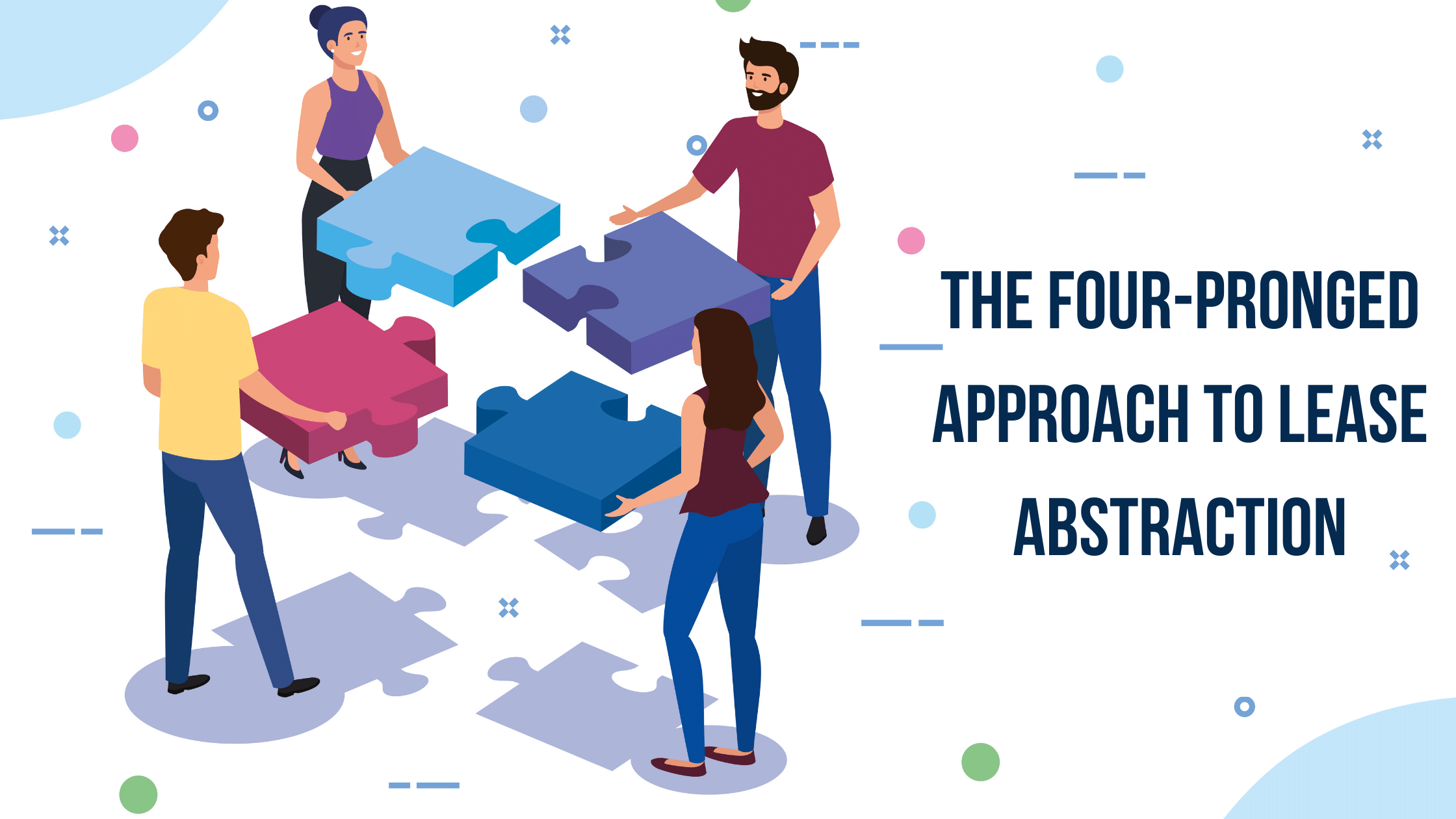A lease abstraction project is complex by nature. There are usually hundreds of leases to be abstracted, multiple documents to be referred to and a lot of key data to be captured. It involves investing considerable time, money and human resources. So, it makes sense to ensure that every lease abstract you generate serves its intended purpose, providing critical information as required by all stakeholders across the organization. Sometimes organizations lack foresight or fail to put in enough thought into their lease abstracts or lease abstract templates and as a result they end up not leveraging the resources deployed for the lease abstraction project fully in the first go. After sometime, as the abstracts start being used across the organization or when a certain set of stakeholders need quick access to specific data sets present in the lease, they realize that they have missed capturing certain data points. This entails having the leases or specific data points from the leases abstracted again, which is naturally expensive. Having a four-pronged approach to lease abstraction can help organizations avoid this pitfall. This approach covers 4 key data types namely,
Financial
This involves tracking and optimizing every aspect of the company’s portfolio of leased assets that will add value to the entire leased portfolio and can also make a huge impact on the outcome of the financial report. Examples include rent and other payment obligations, Security Deposit, Tenant Improvement allowance, etc,.
Operational
This involves tracking critical lease dates and highlighting potential liabilities, which, if missed could result in serious financial implications to a company’s bottom line. For example, missing notice period, renewal options, last date of rent payment, etc., or, not understanding or accruing a potential lease liability and its obligations such as using the premises for sale of goods or services not permitted in the lease.
Compliance
Whenever there’s change in regulatory requirements that impacts how your leases and the components therein are shown in the books of accounts, it will result in some changes in your lease abstracts. The most recent example is the FASB/IASB regulations that categorized the leases as operating leases, capital leases, leases with right to purchase, etc., thus bringing about changes in the way they are accounted for, in effect, requiring the lease abstracts to be restructured to comply with them.
Emergencies
The COVID-19 pandemic brought to light the need to explore various clauses, which were otherwise, probably not considered important to be included in lease abstracts. An example is when, during the peak of the pandemic a lot of tenants, especially in the retail industry, had to act swiftly to exercise the options in their leases that offered them some respite as their finances hit rock-bottom due to lockdowns and shelter-in-place restrictions brought on by the pandemic. Examples include exercising the Force Majeure clause that may allow the tenant to terminate the lease before the end of the term or allow for rent abatements or suspension in exigencies such as the pandemic.
If you are not sure of what data points to include, consult an experienced lease abstraction vendor. They will be able to identify them for you and help you build a lease abstract template that caters to the needs of all the stakeholders in your organization.
Rebolease.com, powered by RE BackOffice, Inc., is a premier provider of lease abstraction, administration, audit and accounting services. Headquartered in Pittsburgh, PA, we are a global boutique firm, providing high-quality services to top-tier clients across industry verticals, covering every type of lease and on any lease platform. We are proud to be a trusted partner, for 15+ years, to leading retailers, REITs, property owners/managers, and corporate accounts seeking a strategic advantage. All client projects are performed in-house.
